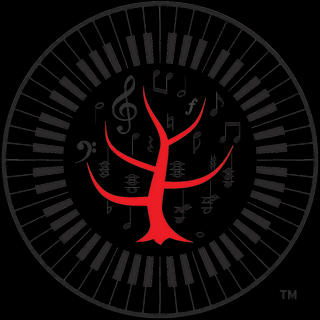top of page

Contents
Dedicated to the Hands-on Understanding of Keyboard Musicianship
Dedicated to the training and teaching of up to two dozen students with divergent interests, abilities, and preparation ranging from complete novices to well advanced.
Hands-on training for the rhythmic integration of chord progressions with melodies with an emphasis on reading and playing the pitch intervals in melodies and chords.
Understanding teaches perception of rhythm symbols, pitch locations, expression markings, scales, and chord structures. A variety of styles will also be experienced.
Keyboards are the unique instruments that support melody, harmony, and rhythm. The selections and arrangements in this course are suitable for keyboards or pianos.
Musicianship is more than sight-reading, tone production, and recital. It embraces harmonizing from lead sheets, ear training, improvising, and composing new music.
Musicianship is knowing how music works the way it does from the inside out.
Implements the Harmonizing Instruments Strand of the Core Music Standards
bottom of page







